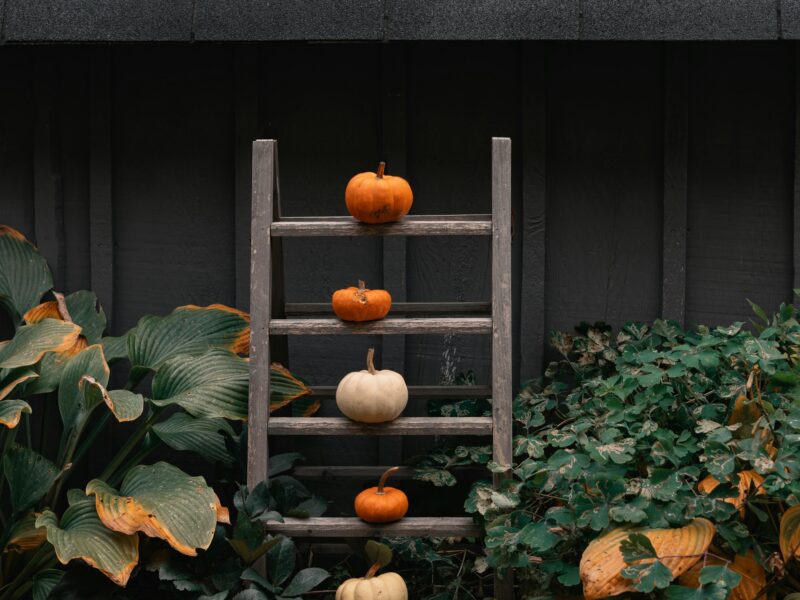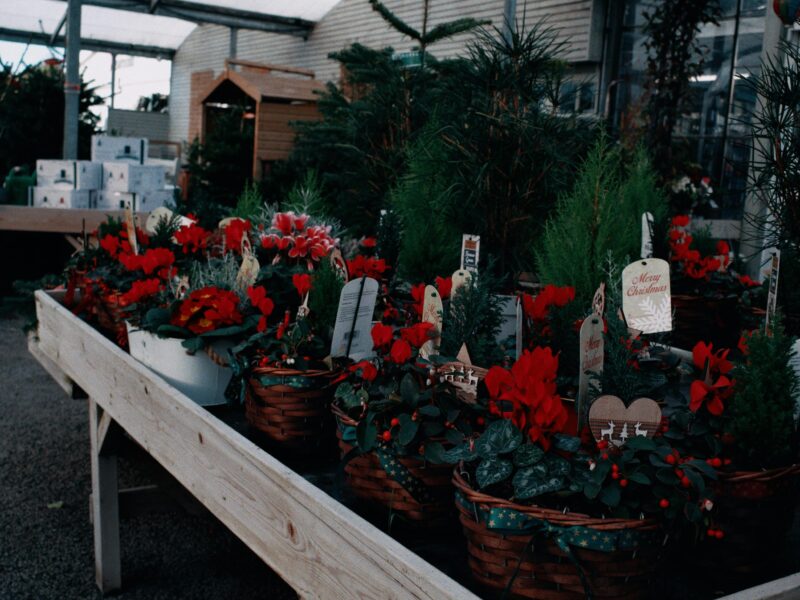To make the most of the fall harvest season in your garden, focus on planting cool-weather crops and preserving your produce. Use this time to prepare your soil for winter.
Fall is a prime time for gardeners. The cooler temperatures and shorter days create ideal conditions for growing a variety of crops. Vegetables like kale, broccoli, and carrots thrive in this season. Harvesting in the fall also allows you to store and preserve your produce for the winter months.
Proper soil preparation now ensures a healthy garden for the next growing season. Taking advantage of these factors will not only maximize your harvest but also set you up for gardening success year-round. Enjoy the bountiful rewards of your hard work as you transition into the cooler months.
Planning Your Fall Garden
Pick plants that thrive in cool weather. Kale, broccoli, and spinach are great choices. Root vegetables like carrots and beets grow well in the fall. Plant lettuce and radishes for quick harvests. Herbs like parsley and cilantro also do well.
Start by removing old plants and weeds. Compost can enrich the soil. Add organic matter to improve soil texture. Turn the soil to aerate it. Test the soil pH and adjust if needed. Mulch can help retain moisture. Make sure the soil drains well.
Planting Techniques
Use high-quality seeds for better results. Prepare seed trays with good soil mix. Keep the soil moist but not soggy. Place trays in a sunny spot or under grow lights. Label each tray with the seed type and date. Thin out seedlings to avoid overcrowding.
Choose a cool day for transplanting. Harden off seedlings before moving them outside. Dig a hole slightly larger than the root ball. Gently place the seedling in the hole. Fill the hole with soil and firm it gently. Water the seedlings thoroughly after planting.
Maximizing Harvest Yields
Plant new seeds after harvesting old crops. This method keeps your garden productive. Start with quick-growing plants like radishes. Follow them with slower-growing plants like carrots. This way, you get multiple harvests from the same space.
Rotate crops to maintain soil health. Use different plants in the same spot each season. This helps prevent pests and diseases. Always keep your soil rich and healthy.
Plant different crops together to boost growth. Some plants help each other. For example, plant beans with corn. Beans add nitrogen to the soil. Corn provides support for beans to climb.
Use flowers to attract beneficial insects. Marigolds keep pests away. Nasturtiums attract aphids away from veggies. This keeps your garden healthy without chemicals.
Pest And Disease Management
Using natural pest control is safer for your garden. Ladybugs and praying mantises eat harmful insects. Neem oil can help keep bugs away. Garlic spray is also a good option. Diatomaceous earth is safe for plants and kills pests. Planting marigolds can repel many insects. Mulching can prevent pests from reaching plants. Hand-picking bugs off plants is effective too.
Powdery mildew looks like white dust on leaves. Blight causes brown spots on plants. Rust shows up as orange spots. Root rot makes roots turn black and mushy. Mosaic virus creates yellow, patchy leaves. Downy mildew looks like yellow patches. Leaf spot results in dark spots on leaves. Fusarium wilt causes plants to wilt and die.
Extending The Growing Season
Row covers can help keep your plants warm. They protect from frost and cold. Lightweight covers let sunlight through. They also keep pests away. Heavyweight covers are good for colder weather. Secure the covers with rocks or pins. Make sure plants have enough air.
Cold frames are like mini greenhouses. They trap heat and protect plants. Use old windows or clear plastic. Build a frame with wood or bricks. Place the frame over your plants. Open the cover on sunny days. Close it at night to keep plants warm.
Storing And Preserving Your Harvest
Canning is a great way to keep fruits and vegetables fresh. Use clean jars and lids to avoid contamination. Boil the jars to seal them properly. This process kills any bacteria. For freezing, wash and cut the produce first. Blanch vegetables before freezing to preserve their color and flavor. Use airtight containers or freezer bags. Label each container with the date. Frozen items can last up to a year.
Drying is easy and can be done in the sun or with a dehydrator. Slice fruits and vegetables thinly for quicker drying. Store dried items in airtight containers. Fermenting involves letting produce sit in a salty solution. This process creates beneficial bacteria. Fermented foods can be stored in the fridge for months. Both methods help to extend the life of your harvest.
Conclusion
Embrace the fall harvest season to enhance your garden’s bounty. Plan, plant, and prepare for a productive autumn. Enjoy the fruits of your labor and share the joy with others. Remember, a well-maintained garden can provide fresh produce and beauty all season long.
Happy gardening!


